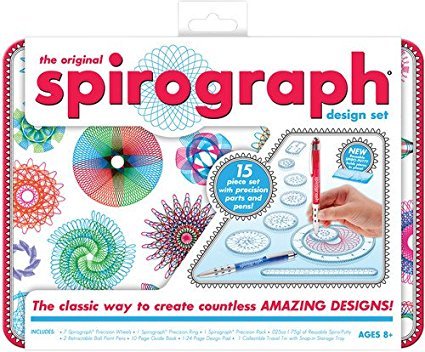How to Create and Design Your Own Tai Chi Form
The Tai Chi Form: That untouchable delicacy, seeped in tradition and served up as a ready-made-meal. That revered pattern of movement and breath that we salivate over, worship wholeheartedly and defer to unquestionably. Yet, as we heard last month the history of the Tai Chi Form is far from set, far from completed. Instead it drives a path of constant change, adaptation, dare I say even evolution.
I say this because - and perhaps you should be sitting down as you read this - I have recently created my own Tai Chi form. Yes, I know it’s not allowed in the rule book, but then again, I’m hoping that Tai Chi will never be constrained nor defined by a set of rules from another time and another place.
Tai Chi Evolution
I suppose it all came about when I began to learn Tai Chi back in the 1980’s. In my first year I learnt 3 different styles - since then I have forgotten all but one (before you ask me to demonstrate all 3). I loved the diversity of the Forms, the range of techniques and the manifestation unique to each.
Yet within each style, there was, and still is, an unwritten law: You don’t tamper with the Form. Of course, history has shown this to be utter nonsense. With every new generation there is at least one student who alters either the number of postures, the order of the postures, the name of the style, the font on the calling card, the cut of the satin suit or the angle of the moustache worn by sifu.
But, this is generally hushed up.
Lineage, tradition and reverence is reinforced by a wall of silence.
But being a bit of an irreverent mOnk I like to play around when I hear the deafening sound of silence, I want to explore the borders, dancing over demarcations and fixed steps to see what lies on the other side.
““And in the naked light I saw
Ten thousand people, maybe more
People talking without speaking
People hearing without listening
People writing songs that voices never share
And no one dared
Disturb the sound of silence””
Creative Spyro Hair
The Flexible Tai Chi Form
A little while back, I released a short Form Course, teaching what I call the Flexible Form. A Form that starts with just 10 steps and grows, according to time, energy and the space you have to practice. I was surprised at the number of people keen to take a look, to try it out.
It made me think: Perhaps there is still room for yet more creativity in the martial arts. Perhaps, there remains an interest in something other than the hotly debated martial interpretations, the denial or dependency on the presence of Qi (yawn, excuse me!). It matters little if the application of an internal energy strike using Heel Breathing can cure your kidney stones or disarm a knife attack. The debate misses the bigger question: Is the art still alive or is it only a flickering display on the wall of Plato's cave?
I'm not knocking any of those practices by the way. You can practice Tai Chi for martial or health reasons. It's all the same to me, but I do think we should address the question of how we maintain life in the art beyond the tired formulae of teaching Form, beyond the subjectivity of the single lethal strike. What are we doing about affordability, availability, time-tables, space-issues, memory muscles, choreography and balance? Quoting succulent passages from the Tao Te Ching or being able to locate the Chen village in Google Maps isn't going to hack it.
To accompany the course, I released a book - Beginners Guide to the Tai Chi Form - (yes, an online course and book together!). Hardly original I know, but blame the Algorithm Gods for that. Make no mistake, however, you won’t know my Form - as it's not one from the major schools - but, thats the point. Do you now see what I'm saying?
I hoping so, because just maybe, you'll be inspired to create a Form of your own. To take my little example and with it create something of real beauty. There, I've said it. An admission to the Internal Arts Crime Investigation Board. If you never hear from me again, you’ll know I've been executed by a Chen Village ninja.
It wasn't that long ago that Chinese teachers were forbidden to teach non-Chinese. Things changes slowly - and it took the effort of many brave individuals to prise open the schools to other races. (read Charles Russo's excellent book Striking Distance). Now-a-days the argument is all about what you can tamper with and what is is sacrosanct. 21st Century practitioners started with the uniforms, the haircuts and the jargon. Now it's time for the Forms - that organised mess that Lee described.
So get inspired to create your own patterns. Use your experience, use your intuition, use your spirograph if necessary - but create and in the act of creation push back the boundaries of what we know. Let me know what come up with.

